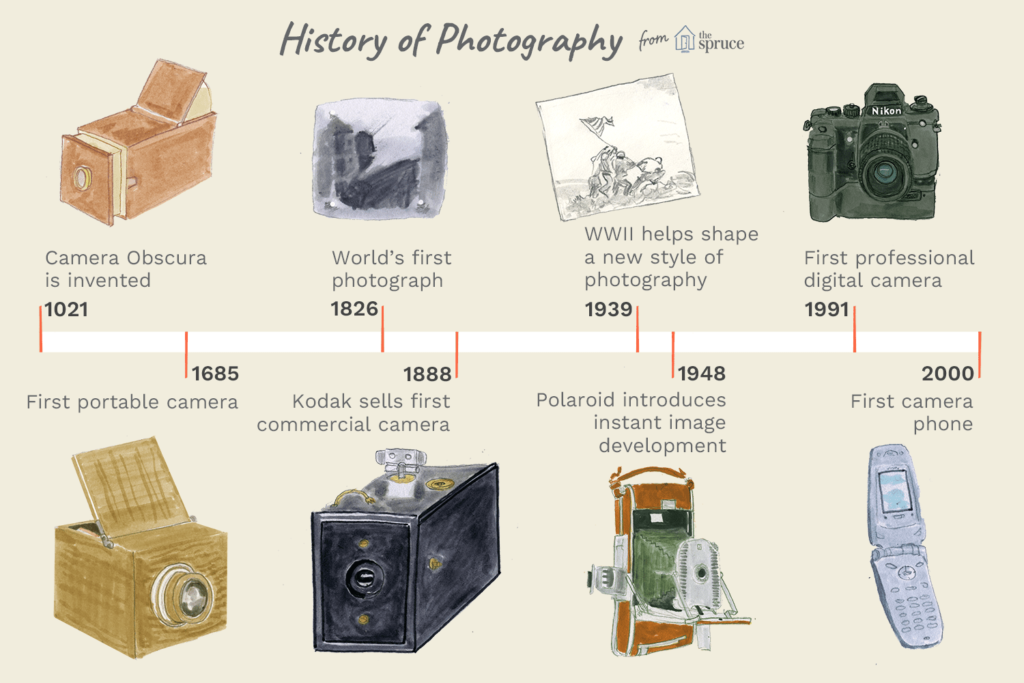trying to turn the ordinary into the extra ordinary
photography is putting a frame around something you point a camera at
Camera Obscura
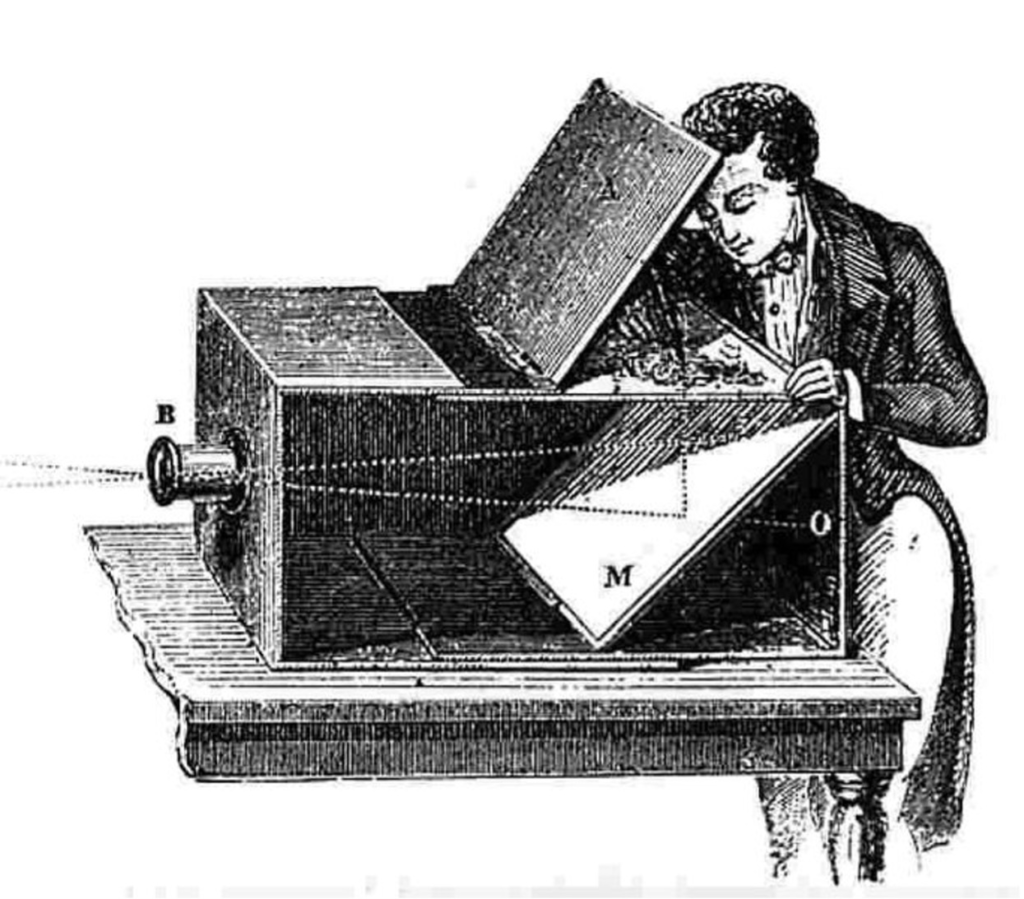
how is an image produced using Camera Obscura?
A Camera Obscura ‘dark chamber’ is a dark room or box with a small hole in one wall/side in which the rays of light from outside passing through to form an image and project a scene from outside the box onto the surface opposite to the hole, resulting in an upside down and reversed projection of the view outside.
Camera Obscuras with a lens in the opening have been used since the second half of the 16th century and became popular as aids for drawing and painting. The technology was developed further into the photographic camera in the first half of the 19th century, when camera obscura boxes were used to expose light-sensitive materials to the projected image.
The camera obscura was used to study eclipses without the risk of damaging the eyes by looking directly into the Sun. As a drawing aid, it allowed tracing the projected image to produce a highly accurate representation and was especially appreciated as an easy way to achieve proper graphical perspective.

Daguerreotype

Louis-Jacques-Mandé Daguerre was a French artist and photographer, known for his invention of the daguerreotype process of photography. He became known as one of the fathers of photography. He is most famous for his contributions to photography but he was also an accomplished painter, scenic designer, and a developer of the diorama theatre.
The daguerreotype Creates a highly detailed image on a sheet of copper plated with a thin coat of silver without the use of a negative. The process required great care. The silver-plated copper plate had first to be cleaned and polished until the surface looked like a mirror.
The daguerreotype process made it possible to capture the image seen inside a camera obscura and preserve it as an object. It was the first practical photographic process.
It was introduced worldwide in 1839, There has been a revival of the daguerreotype since the late 20th century by a small number of photographers interested in making artistic use of early photographic processes. Daguerreotype was the first publicly available photographic process, widely used during the 1840s and 1850s.

Calotype
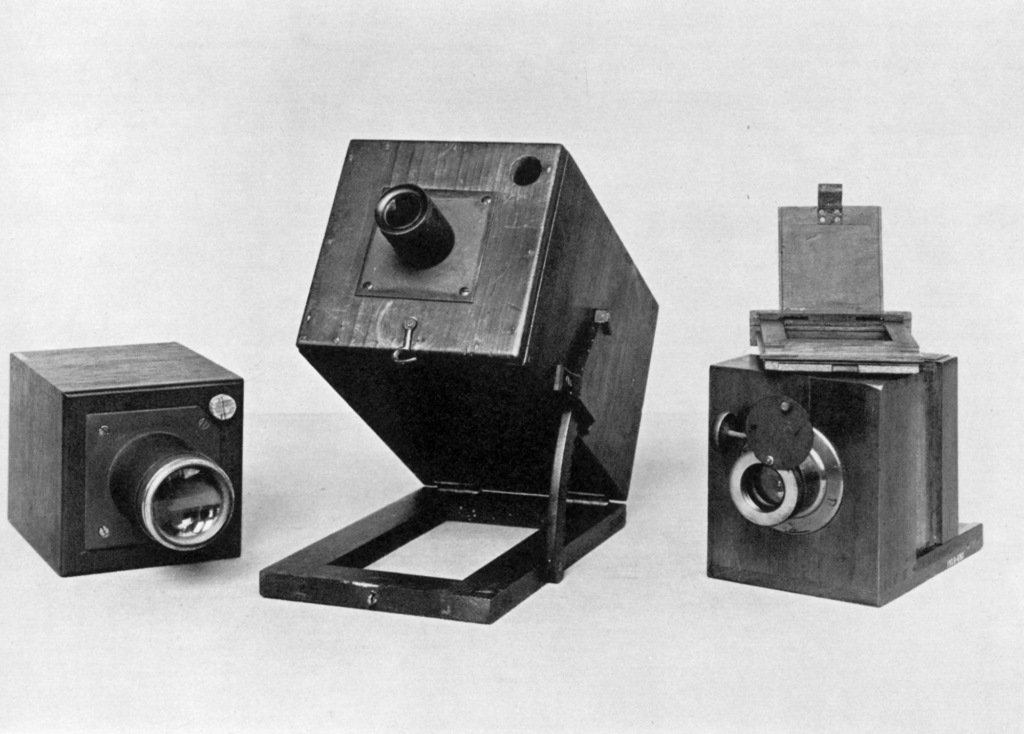
Calotype is an early photographic process introduced in 1841 by William Henry Fox Talbot using paper coated with silver iodide. Paper texture effects in calotype photography limit the ability of this early process to record low contrast details and textures.
Talbot made his first successful camera photographs in 1835 using paper sensitised with silver chloride, which darkened in proportion to its exposure to light. This early “photogenic drawing” process was a printing-out process, i.e., the paper had to be exposed in the camera until the image was fully visible. A very long exposure—typically an hour or more—was required to produce an acceptable negative.
Richard Maddox

Richard Leach Maddox was born at Bath, England, on 4 August 1816.
Long before his discovery of the dry gelatine photographic emulsion, Maddox was prominent in what was called photomicrography – photographing minute organisms under the microscope. The eminent photomicrographer of the day, Lionel S. Beale, included as a frontispiece image made by Maddox in his manual ‘How to work with the Microscope.
Maddox freely gave his discovery of the dry gelatine process to the world, saying that “I had no thought of bringing the subject into notice until it had been lifted from the cradle”. Maddox, at the initial stage of invention, could probably produce only ‘lantern slides’ contact-copied from his microscope plates, the slow speed being impracticable for camera lens images.
It was these origins that led to the miniaturization and adaptability of photographic emulsions, and consequently paved the way for social and action photography and cinematography.
The advantages of the dry plate were that photographers could use commercial dry plates off the shelf instead of having to prepare their own emulsions in a mobile darkroom. Negatives did not have to be developed immediately. Also, for the first time, cameras could be made small enough to be hand-held, or even concealed: further research created ‘fast’ exposure times, which led to snapshot photography and the Kodak camera with roll film, paving the way for cinematography.
George Eastman & Founding of Kodak
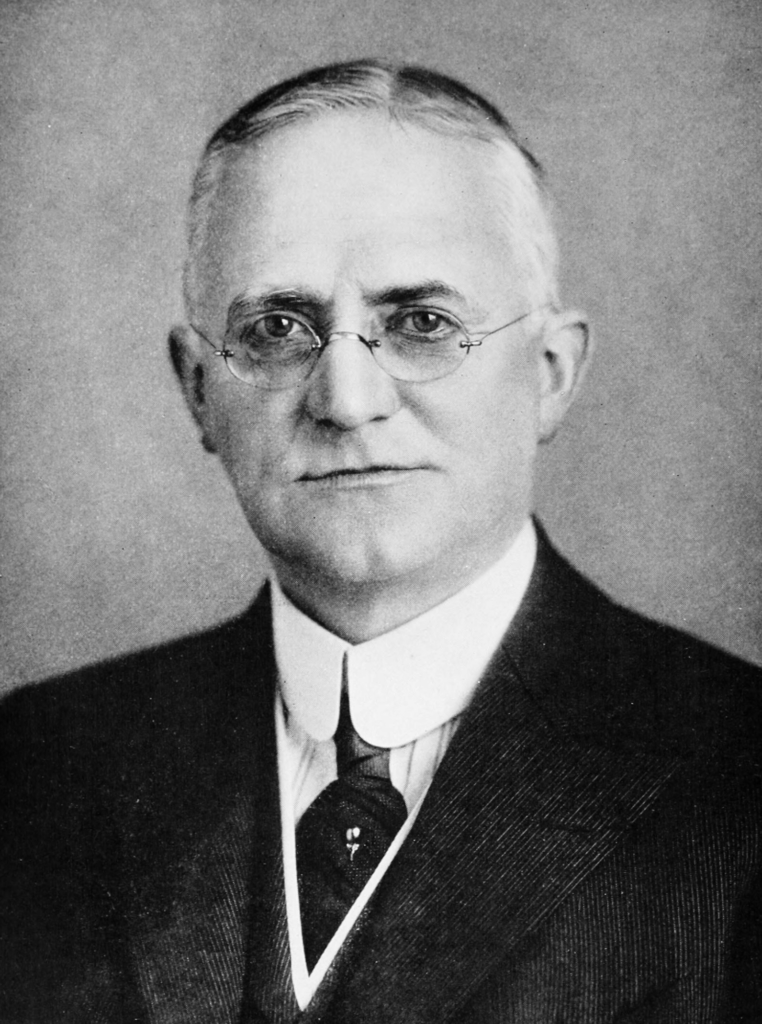
George Eastman was an American entrepreneur who founded the Eastman Kodak Company and helped to bring the photographic use of roll film into the mainstream. After a decade of experiments in photography, he patented and sold a roll film camera, making amateur photography accessible to the general public for the first time. Working as the treasurer and later president of Kodak, he oversaw the expansion of the company and the film industry.
In the 1870s, Eastman became interested in photography. After receiving lessons from George Monroe and George Selden, he developed a machine for coating dry plates in 1879. In 1881, he founded the Eastman Dry Plate Company with Henry Strong to sell plates, with Strong as company president and Eastman as treasurer, where he handled most executive functions. Around the same time, he began experiments to create a flexible film roll that could replace plates altogether. In 1885, he received a patent for a film roll, and then focused on creating a camera to use the rolls. In 1888, he patented and released the Kodak camera. It was sold loaded with enough roll film for 100 exposures. When all the exposures had been made, the photographer mailed the camera back to the Eastman company in Rochester, along with $10. The company would process the film, make a print of each exposure, load another roll of film into the camera, and send the camera and the prints to the photographer.
The separation of photo-taking from the difficult process of film development was novel and made photography more accessible to amateurs than ever before, and the camera was immediately popular with the public. By August 1888, Eastman was struggling to meet orders, and he and his employees soon had several other cameras in development. The rapidly growing Eastman Dry Plate Company was reorganized as the Eastman Company In 1889, and then incorporated as Eastman Kodak in 1892.
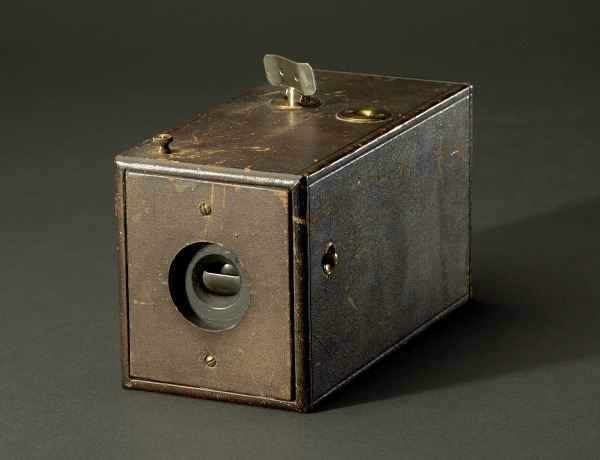
Digital Photography

Digital photography is a process that uses an electronic device called a digital camera to capture an image. Instead of film, it uses an electronic digital sensor to translate light into electrical signals. In the camera, the signals are stored as tiny bits of data in bitmaps, tiny bits of data that form the image.
While digital photography has only relatively recently become mainstream, the late 20th century saw many small developments leading to its creation. The history of digital photography began in the 1950s. In 1951, the first digital signals were saved to magnetic tape via the first video tape recorder. Six years later, in 1957, the first digital image was produced through a computer by Russell Kirsch.
The first consumer digital cameras were marketed in the late 1990s. Professionals gravitated to digital slowly, converting as their professional work required using digital files to fulfil demands for faster turnaround than conventional methods could allow. around the year 2000, digital cameras were incorporated into phones. In the following years, phone cameras became widespread, particularly due to their connectivity to social media and email.
